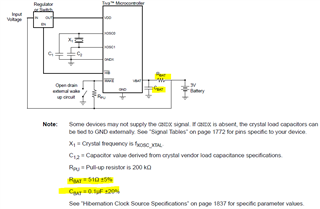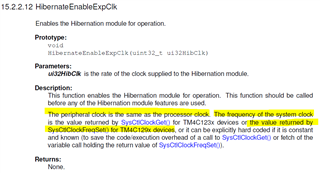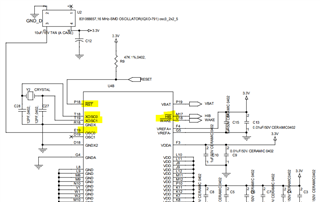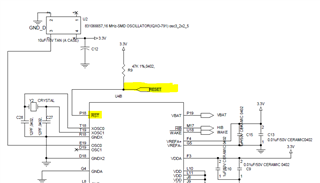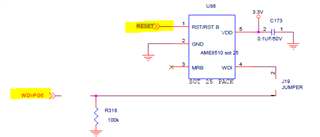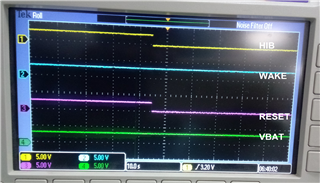Other Parts Discussed in Thread: EK-TM4C1294XL
Dear Sir/Madam,
Please provide the solution for the below issue:
We are using TM4C1290NCZAD for our project.
We have added external crystal 32.768 kHz for using hibernation module in the board.
We have configured the board with the below clock configuration:
SysCtlClockFreqSet( ( SYSCTL_OSC_EXT32 | SYSCTL_USE_OSC | SYSCTL_MAIN_OSC_DIS | SYSCTL_CFG_VCO_480), 40000000);
After that, we are unable to re-program the device. We have tried all possibilities by using reset pin, power off/on. But the board is not detected by the JTAG.




